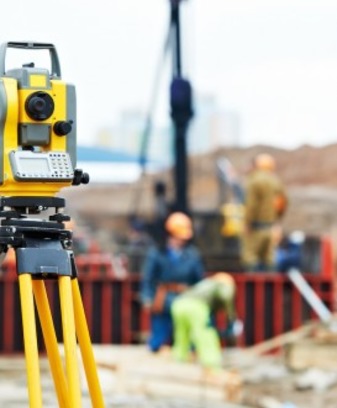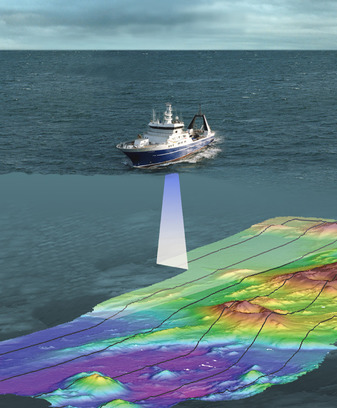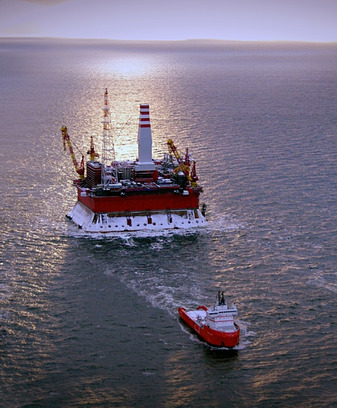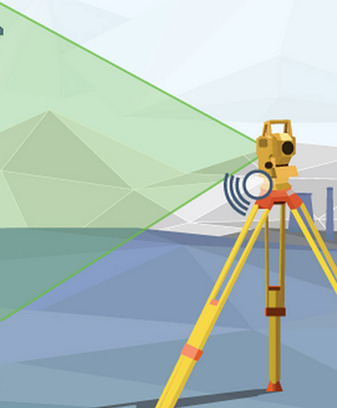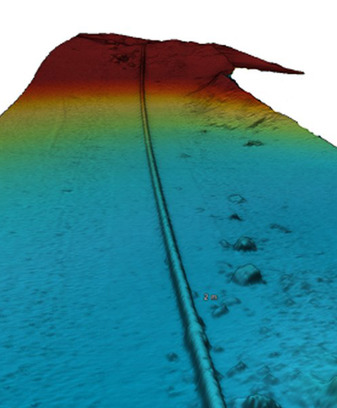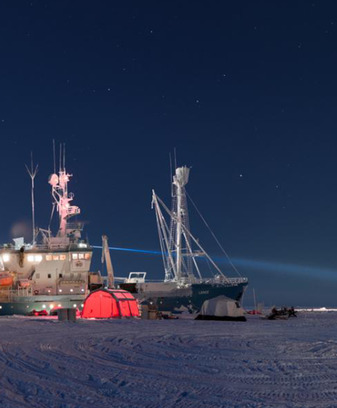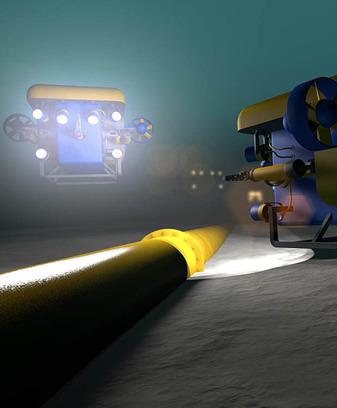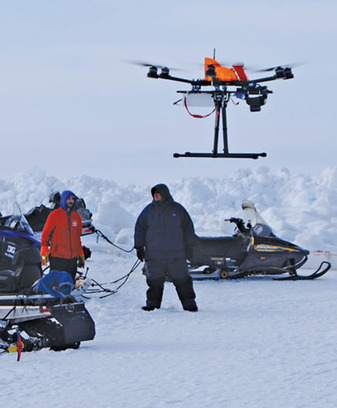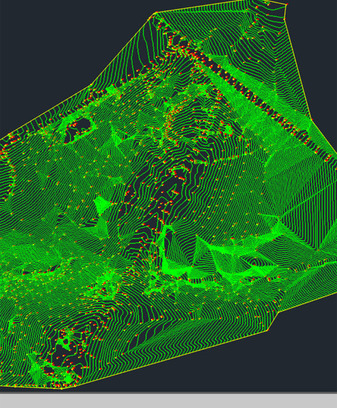The surveys are carried out in accordance with Article 47 of the Town Planning Code of the Russian Federation and Resolution No. 20, January 19, 2006 in compliance with the requirements of technical regulations.
The customer ( constructor) and the executor shall determine the composition of works carried out in the course of engineering surveys of both basic and special types; their volume and method of execution taking due specificity of the respective territories and the sites located on them; conditions of transfer of results of engineering surveys, and also other conditions determined according to the civil legislation of the Russian Federation.

